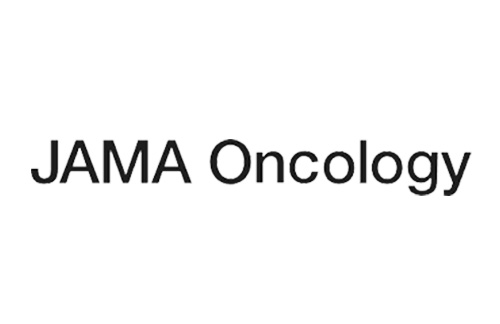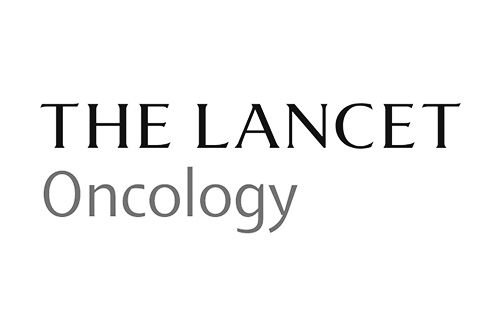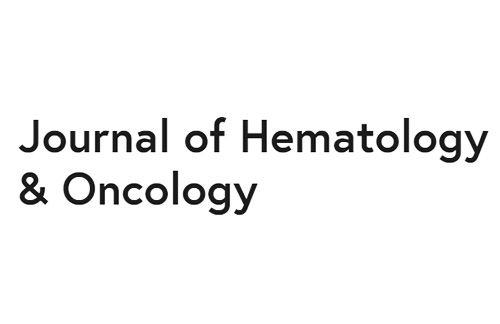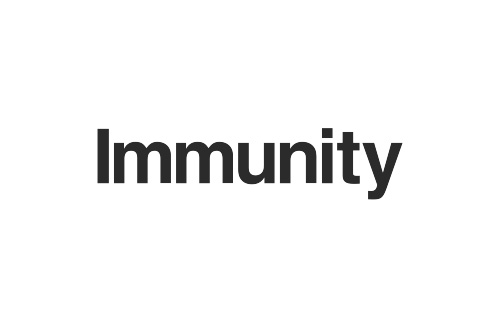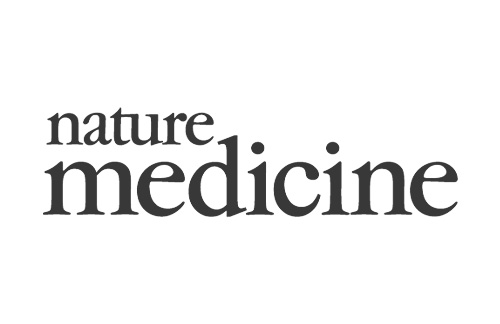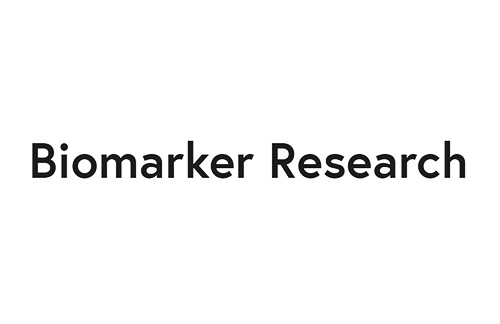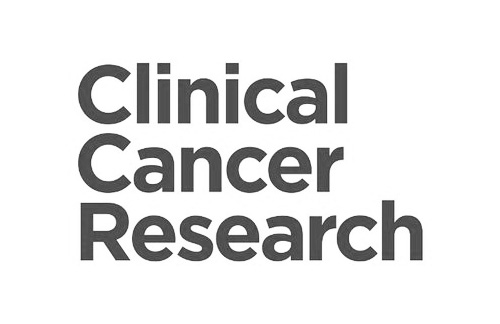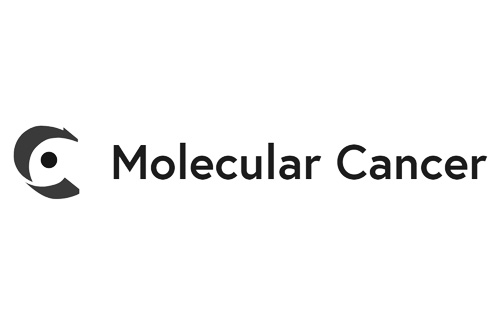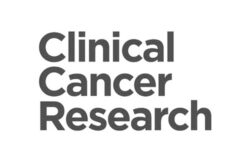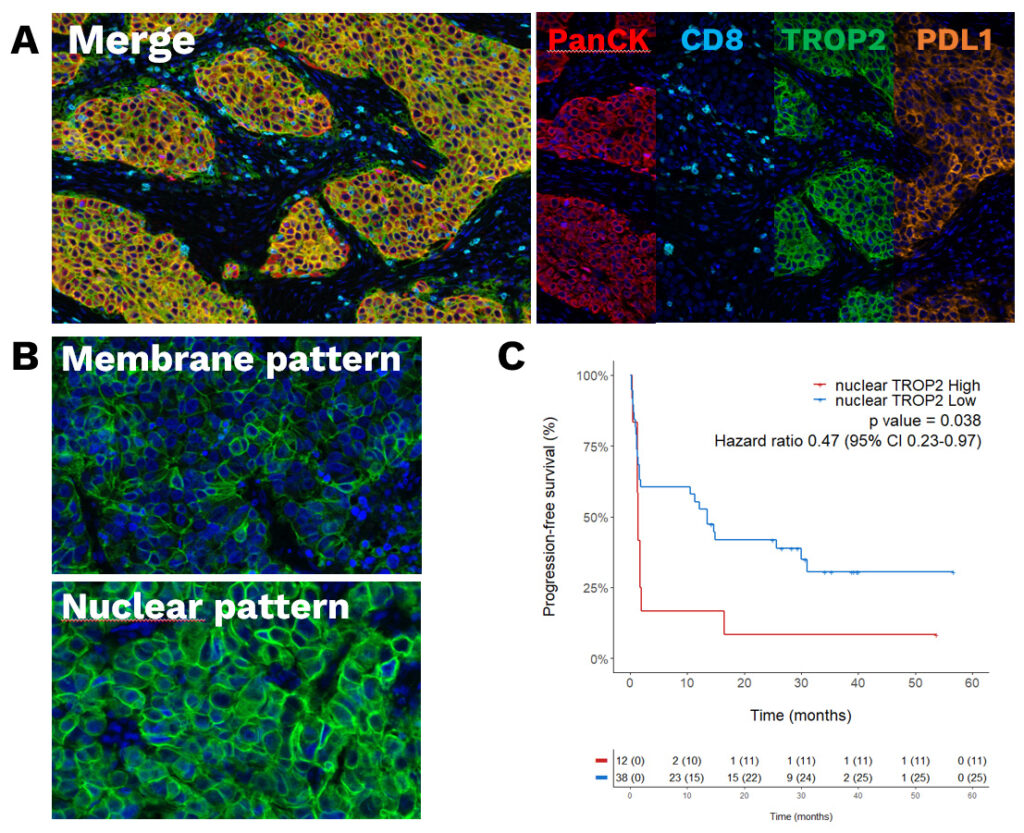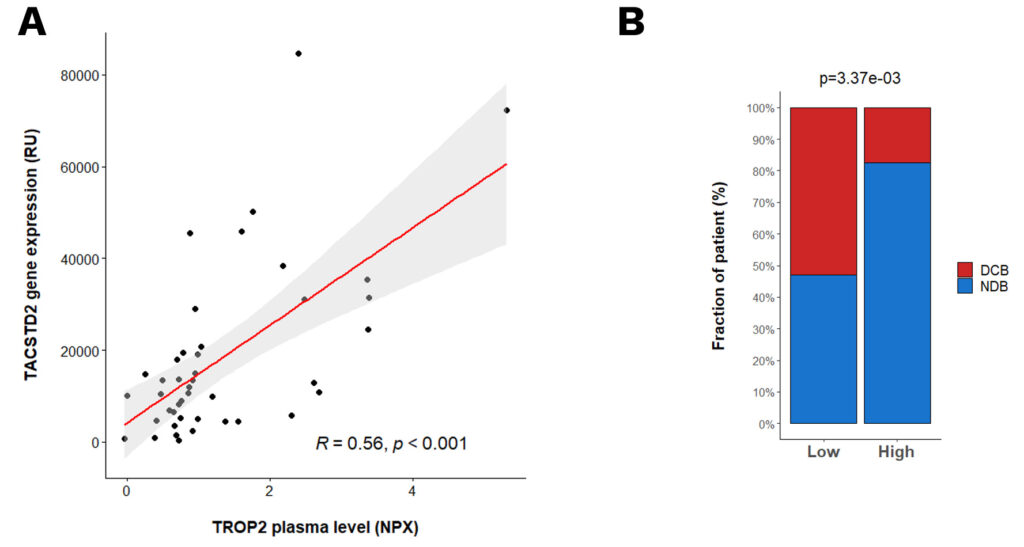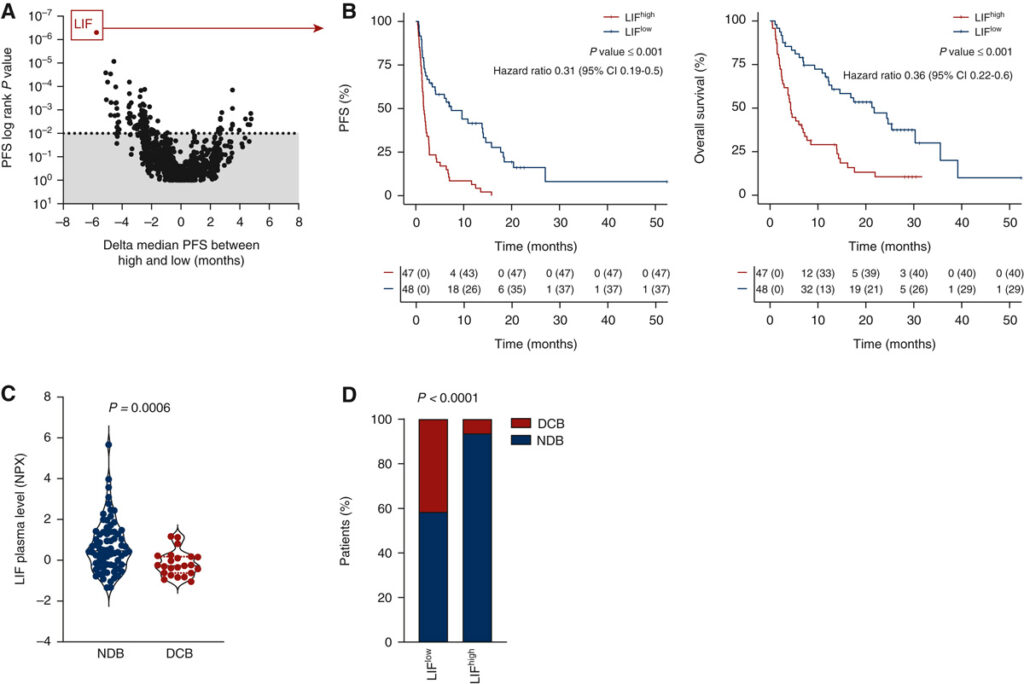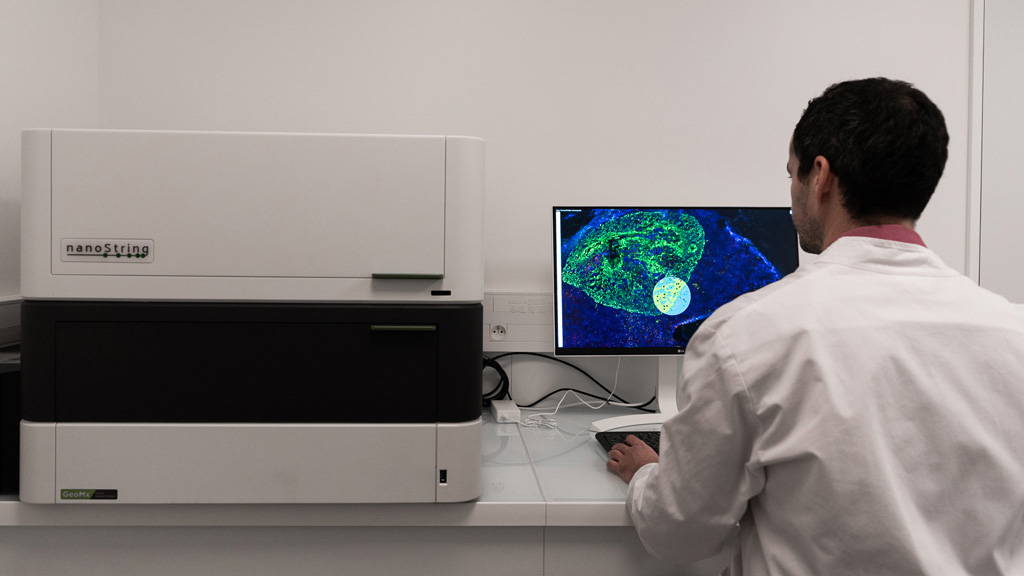
Unbiased target discovery using Omics
- Tissue and/or liquid specimens can be provided by sponsor, or sourced by Explicyte
- Several platforms available: single-cell & spatial transcriptomics, proteomics, metabolomics
- In-house bioinformatic capacities: from standard to advanced analysis packages
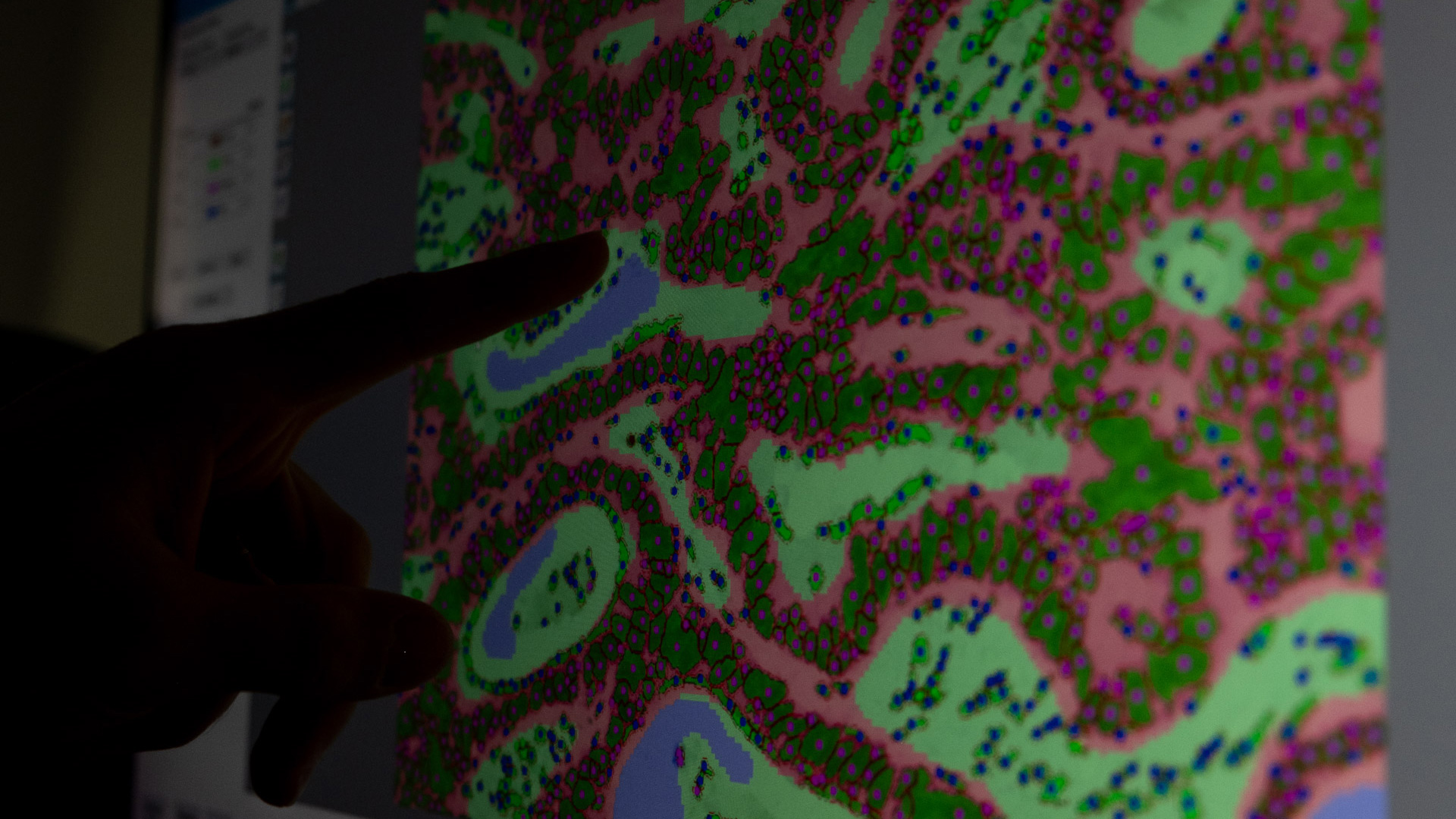
Hypothesis-driven target identification
- Large capacities to process solid and liquid specimens
- Dedicated digital pathology platform enabling automated staining and slide digitization
- Several platforms for liquid biomarker analysis: multiplexed flow cytometry, HTRF, Olink, …

Target validation
- Target validation studies can rely on additional rounds of experiments, to strengthen data set
- Preclinical testing of therapeutic candidates can be performed by our team, using dedicated cell-based assays and syngeneic tumor models.
Experts
in Immuno-Oncology
- A comprehensive & automated platform including digital pathology, single-cell and spatial transcriptomics, proteomics, flow cytometry, and more.
- Over 10 years of experience in TME & peripheral marker profiling
- 30+ translational studies published in key immuno-oncology journals
Personalized
approach
- Scientific interactions to align target identification & validation strategies with appropriate samples & analytical technologies
- A dedicated study director (PhD) overseeing your project from experimental plan to final report discussion
- Tailored bioinformatics analysis to make the most of your dataset
During the 2023 ASCO annual meeting, Explicyte, in collaboration with the Institut Bergonié Comprehensive Cancer Center, showcased the findings from a target validation study focusing on TROP2. These results were then published in Clinical Cancer Research in 2024.
The presence of TROP2 in the nucleus is associated with a poor response to immunotherapy in NSCLC cancer patients. (A) Representative image field CD8/PanCK/PDL1/TROP2/DAPI multiplexed immunohistofluorescence panel on a lung adenocarcinoma section. (B) Illustration of TROP2 expression pattern in NSCLC patients. A clear membrane staining (top) can be distinguished from more diffuse staining (bottom), with nuclear localization. (C) Kaplan Meier curves of the progression-free survival of patients stratified as « High » vs « Low » nuclear TROP2 positive tumor.
TROP2 circulating level correlates with the tumoral TACSTD2 gene expression and predicts the response to immune checkpoint inhibitors (ICI) (A) Spearman correlation of the level of soluble TROP2 (sTROP2) protein with TACSTD2 tumor gene expression. (B) Proportion of patients with High and Low levels of soluble TROP2 who experienced durable clinical benefit (DCB) or non-durable clinical benefit (NDB). P value was calculated using a Chi² test.
Explicyte, in collaboration with Institut Bergonié and Gustave Roussy Comprehensive Cancer Centers, conducted a plasma proteomics study to identify circulating markers associated with primary resistance to ICB. This study, published in Annals of Oncology journal in 2021, highlighted that high levels of LIF are associated with a limited response to treatment. The team also demonstrated a significant association between LIF levels and the presence of Tertiary Lymphoid Structures (TLS).
(A) Display of the log-rank P-values for progression-free survival (PFS) (y-axis) and the delta median PFS (x-axis) associated with each plasma marker. Patients were categorized into high or low status based on the median value of each marker. Each dot represents one marker. (B) Kaplan-Meier curves of PFS (left) and overall survival (right) stratified by baseline plasma LIF levels. (C) Quantification of baseline plasma LIF in patients with non-durable benefit (NDB, n = 72) and durable clinical benefit (DCB, n = 23). P value was calculated using the Wilcoxon Rank Sum test. (D) Proportion of patients with DCB or non-clinical benefit (NCB) according to their baseline plasma LIF levels, classified as high (above median value) or low (below median value).
DCB: Durable Clinical Benefit; LIF: Leukemia Inhibitory Factor; NDB: Non-Durable Benefit; NPX: Normalized Protein Expression; PD-1: Programmed Cell Death Protein 1; PD-L1: Programmed Death-Ligand 1.
Your contacts

Talk to our team !
Paul Marteau, PharmD (preclinical study director), Imane Nafia, PhD (CSO), Loïc Cerf, MSc (COO), Alban Bessede, PhD (founder, CEO), Jean-Philippe Guégan, PhD (CTO)
Tell us about your project !
Target Identification & Validation for Cancer Immunotherapies I CRO Services in Immuno-Oncology
Explicyte Immuno-Oncology is a specialty CRO exclusively focused on immuno-oncology. Over the past 10 years, Explicyte developed a solid expertise in target identification and validation for novel cancer immunotherapies. Operating a comprehensive technology platform, Explicyte can process a wide range of preclinical and clinical samples, to generate robust data sets, and manipulate data using relevant in-house capacities in bioinformatics. We provide CRO services for immuno-oncology target discovery to academic researchers and pharmaceutical companies in Europe, USA, Canada, Japan and Korea.

